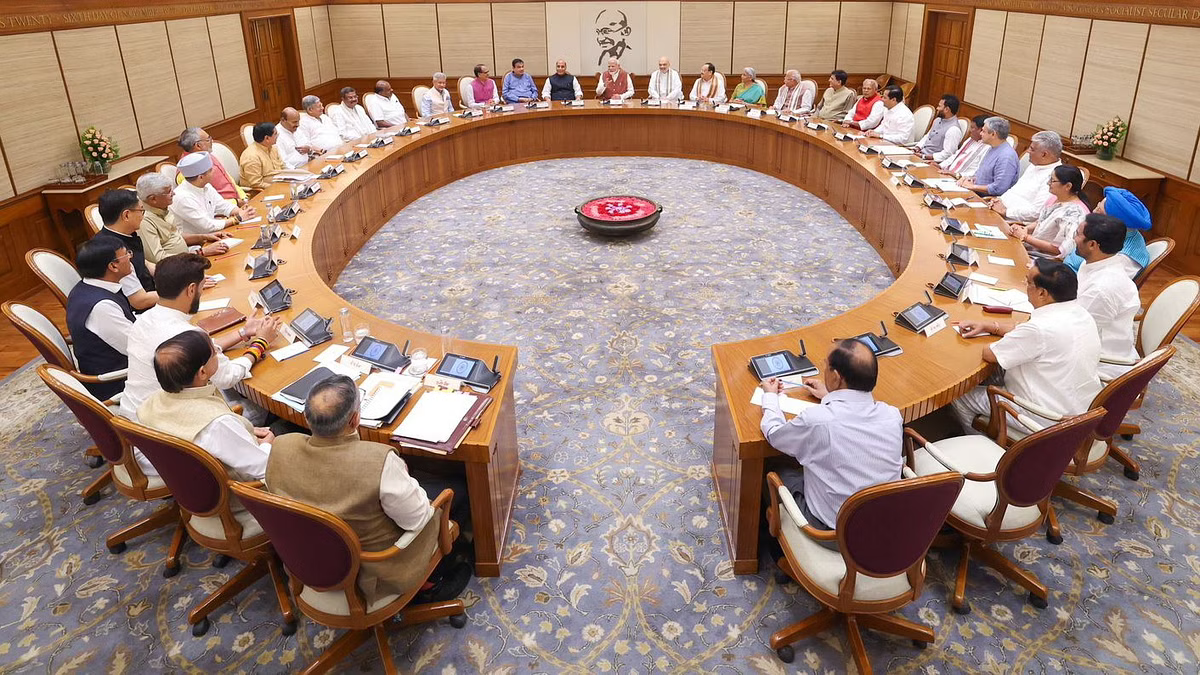Indian Prime Minister Narendra Modi earned a narrow victory in the election results declared last week, sparking a roller-coaster 48 hours for Indian equity markets.
The elections, involving 970 million voters over six weeks, proceeded without the contentious vote count disputes that have become common in recent cycles, both in India and the US. This year is particularly busy for elections, with over 40 jurisdictions, including the UK on July 4 and the US on November 5. Recent elections have taken place in countries such as Mexico, Taiwan, Finland, Pakistan, Indonesia, Russia, Portugal, South Korea, and South Africa.
Modi and the Bharatiya Janata Party (BJP) will remain in power with a slimmer majority. As the election dust settles, the voters have spoken, narrowing the political capital of the BJP with a near 60-seat loss.The big question for markets now is what this diminished composition means for policy continuity. Will the pace and direction of earlier economic reforms to promote macro stability continue? Based on the initial results, it does not seem that the outcome reflects voter dissatisfaction with the BJP’s economic policies. Rather, it appears to be influenced by local and non-economic issues. Notably, the BJP underperformed in three predominantly rural and agriculture-oriented states. This suggests that the planned reforms already in place are unlikely to change. We expect the focus to remain on implementing and executing these reforms over the next five years rather than any significant policy shifts.
This outcome appears to be due to a campaign that emphasized rhetoric over developmental issues. Modi himself led this campaign, accusing Congress of attempting to redistribute property to those with many children. The focus on divisive issues rather than highlighting a decade of achievements seems to have alienated some voters.
Indian stock markets reacted sharply to the news on Tuesday, with the NSE Nifty 50 and BSE Sensex indices closing 5.93% and 5.74% lower, respectively, after initially falling by as much as 8.5%. The markets later rebounded and posted record highs.

Despite this, policy continuity is expected, with the government likely to continue its investment-led economic agenda, possibly tweaking priorities to support rural consumption and employment. Immediate policies focusing on farming subsidies, food, and increased consumption could be prioritized to improve the rural population’s well-being. In the longer term, the BJP is expected to persist with its investment-driven development and “supply side” economic policies.
A day after being sworn in for a third consecutive term, Prime Minister Narendra Modi on Monday allocated portfolios to his 71-member council of ministers. In a move signifying continuity, Prime Minister Modi retained Amit Shah, Rajnath Singh, Nirmala Sitharaman, and S. Jaishankar in their high-profile roles overseeing the Home, Defence, Finance, and External Affairs ministries, respectively. These four ministers, along with the prime minister, constitute the vital Cabinet Committee on Security.
Last week ended on a positive note, marked by significant market activity. After a nearly nine percent drop, the market rebounded, recovering the entire loss within three days. This dramatic 2,000-point rally saw Foreign Institutional Investors (FIIs) scrambling to cover their short positions. Despite the recovery, FIIs still hold a substantial short position of 192,842 contracts in the futures market, down from a peak of 355,379 contracts. This lingering short position suggests further potential upside, as FIIs will need to cover their positions if the rally continues.
The market’s rebound was fueled by Modi’s coalition securing a third term by surpassing the halfway mark. If the government succeeds in winning key state elections in the coming months, the market could gain more confidence and stability.On the weekly charts, Nifty bounced back from the 20-week average, with all levels broken intra-week. By week’s end, it appeared to continue its upward trend despite short-term pullbacks. While certain stocks and sectors are reaching new levels, election-linked PSU stocks may consolidate for longer. Metals, though overbought, hold long-term promise.
FIIs were short at the start of last week, and despite the strong rally, they have only covered a small portion of their shorts. Returning to extreme bullish optimism could take weeks, indicating room for further market growth. The recent low in FII positioning is associated with important market bottoms, suggesting an upward trend in the coming months.
On the Bond market front: Indian bonds are currently trading at their lowest premium to US yields in two decades, thanks to a stable government and predictable policies. Despite a setback in the recent elections, I believe this dynamic will remain unchanged.
While the Indian Rupee (INR) may face depreciation pressures, this is primarily due to the Federal Reserve’s uncertain path forward rather than a lack of confidence in India’s economy.
Additionally, both Bloomberg and JP Morgan bond indexes are set to include a range of Indian bonds this year. This inclusion is expected to drive passive investment flows and attract more interest from foreign investors.

